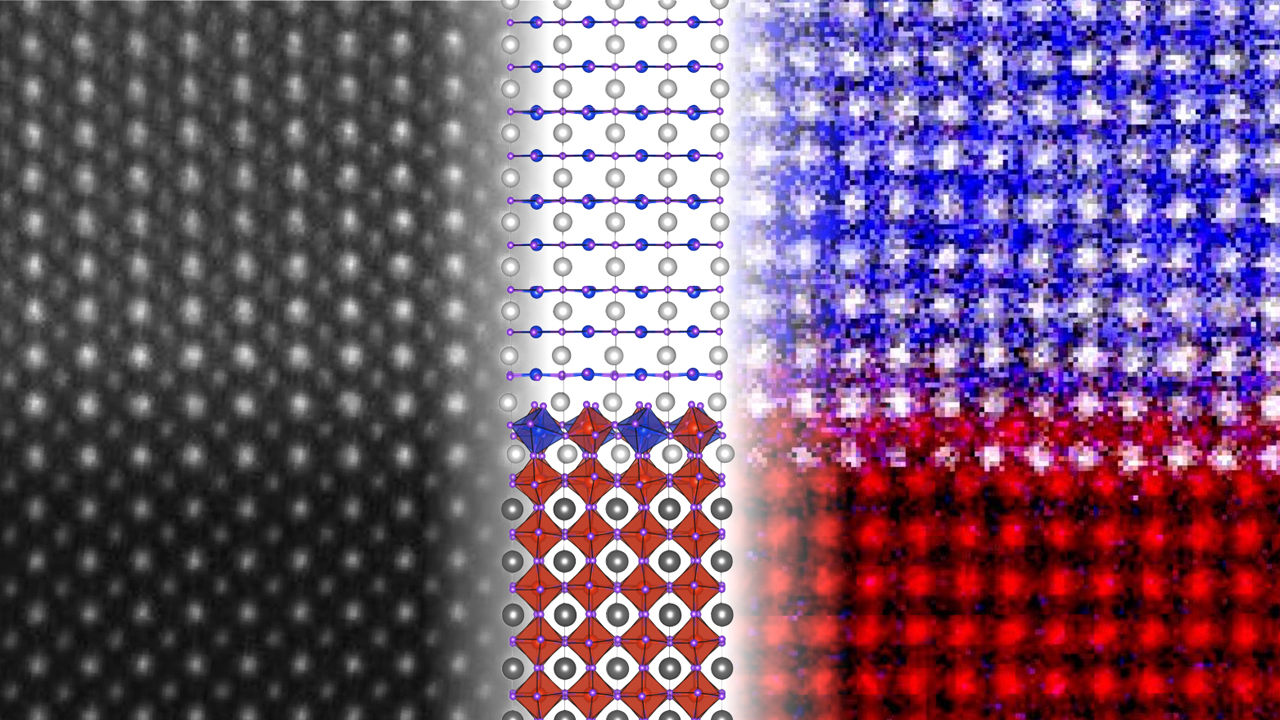
Origin revealed
Why nickelates are superconducting
- von Ulrike Bohnsack
- 28.03.2023
Superconductors can transmit electric current without loss over any distance and play an important role in quantum computers and medical imaging. A new promising materials class are the nickelates, nickel- and neodymium-based oxide compounds. Discovered in 2019, the underlying superconductivity mechanism remained so far elusive. A significant step forward in understanding its origin was achieved by an international team led by Cornell University (USA), including two theoretical physicists from the UDE. The discovery could help to produce new improved superconductors. The findings have just been published in Nature Materials*.
"Superconductors are the stars among electrical conductors," explains Rossitza Pentcheva, professor of computational materials physics at UDE. "But they usually only work at extremely low temperatures, which makes technical applications difficult. Science is therefore looking for new classes of materials that are superconducting at higher temperatures." Over the past years, the focus has turned to the so-called nickelates, which were synthesized for the first time at Stanford University.
What makes these nickelates special is that superconductivity has so far only been detected in samples grown as very thin crystalline films - less than 20 nanometers thick - on a substrate. It was suspected that superconductivity only occurs where the thin nickel-oxide film meets the substrate on which it was grown.
To resolve this issue, an international team of physicists involving Pentcheva and her collaborator, Dr. Benjamin Geisler, combined experimental and theoretical methods, including scanning transmission electron microscopy, electron energy loss spectroscopy and quantum-mechanical simulations on high-performance computers. This enabled them to identify the atomic structure of the interface between the two materials. "We discovered an unexpected phase between the nickelate film and the strontium titanate substrate," Geisler says. "It reduces the excess electronic charge at the interface."
This establishes that it is not the interface that is the source of superconductivity, as previously suspected, but the nickelate layer itself. Prof. Pentcheva emphasizes: "The close integration of experimental and theoretical methods was crucial for this discovery. It spurs further research so that new material compounds can be created for technological applications."
* Original publication: DOI: 10.1038/s41563-023-01510-7
https://www.nature.com/articles/s41563-023-01510-7
Picture:
The combined image shows on the left a scanning transmission electron microscopy image of the neodymium nickelate film on a strontium titanate substrate with atomic resolution. Shown in the center is the structural model from the quantum-mechanical computer simulations. Blue is nickel, red is titanium, light gray is neodymium, dark gray is strontium, and the small purple spheres correspond to oxygen. The simulation shows that a mixed layer of titanate and nickelate forms at the interface. This alleviates the charge mismatch at the interface and agrees with the element-specific analysis from the electron energy loss spectra superimposed on the right of the image.
Press release Cornell University:
https://news.cornell.edu/stories/2023/03/origin-superconductivity-nickelates-revealed
Further information:
Prof. Dr. Rossitza Pentcheva, Computational Materials Physics, Tel. 0203/37 9-2238, rossitza.pentcheva@uni-due.de
